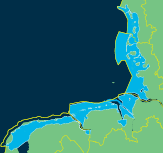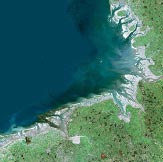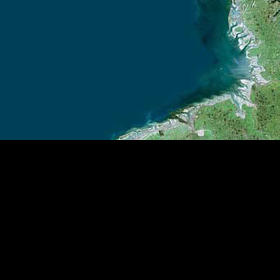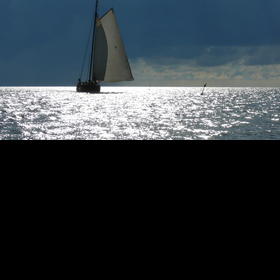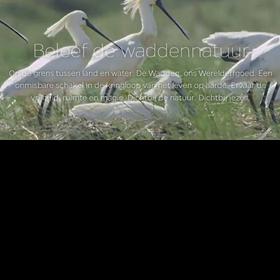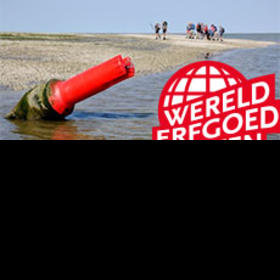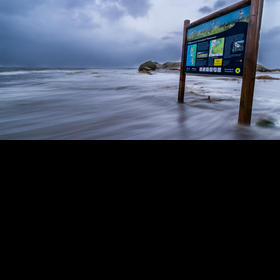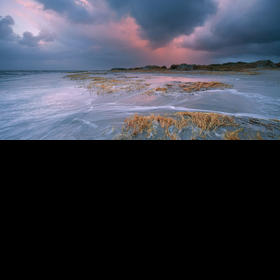
Welcome to the Wadden Sea World Heritage site
The Wadden Sea is the largest tidal flats system in the world, where natural processes proceed undisturbed. It extends along the coasts of Denmark, Germany and the Netherlands.
The Dutch-German Wadden Sea became World Heritage in 2009, followed by the Danish part in 2014. The Wadden Sea was inscribed into the UNESCO World Heritage List for its globally unique geological and ecological values. Nowhere else in the world is there such a dynamic landscape with a multitude of habitats, shaped by wind and tides. Biodiversity on a worldwide scale is reliant on the Wadden Sea.
Denmark, Germany and the Netherlands have been joining forces for its conservation for over 30 years, taking responsibility of preserving this irreplaceable ecosystem for the benefit of present and future generations.
News – latest stories from the Wadden Sea area
Highlights – a few things everyone should know about the Wadden Sea
Fact
2 new islands
have formed in the last decades, the Kachelotplate (170 ha) near the Lower Saxon island of Memmert and Juist, and a new island of about 14 ha at Norderoogsand in Schleswig-Holstein. The islands evolved from growing sandbanks which are no longer flooded during high tides so that vegetation has grown. But losses have also occurred and sandbanks have disappeared, which illustrates the highly dynamic nature of natural processes.








